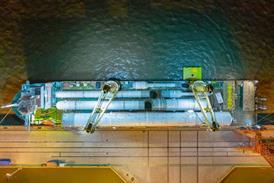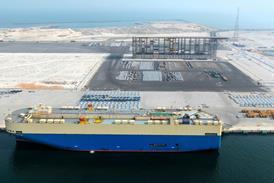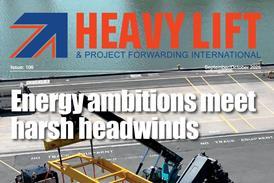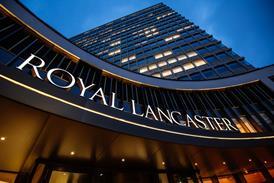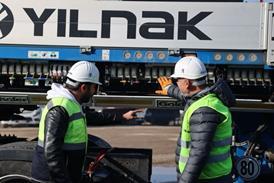Poland’s construction and industrial sectors are gathering pace, with October’s data from ING pointing to a rebound in fixed investment and strengthening macroeconomic fundamentals. Rising output, easing wage pressures and improving financing conditions are setting the stage for further rate cuts – while major energy, infrastructure and port developments continue to position Poland as a growing hub for project logistics across Central and Eastern Europe.

Polish construction output rose 4.1 percent year-on-year (YoY) in October, rebounding from September’s near stagnation, when growth was just 0.2 percent. The strongest gains were seen in building construction and civil engineering. Of note was the 4.9 percent YoY increase in investment works (vs. 2.4 percent YoY in the previous month), suggesting that fixed investment activity might be gaining momentum.
Industrial output also increased by 3.2 percent YoY. ING said that remarkable growth was observed in the repair and installation of machinery and equipment (43 percent YoY), which also suggests rebounding investment activity. Production of investment goods grew by 9.2 percent YoY, which may reflect the improving availability of financing for defence and infrastructure.
“We forecast that fixed investment growth improved to 4.5 percent YoY in the fourth quarter of 2025 from the 2.5 percent YoY estimated for the third quarter of the year,” said the bank.
There has also been downward pressure on wages, which ING believes should ease pressure on core inflation and improve the overall outlook for headline inflation. The real economy appears to be in good shape and is not a concern for monetary policymakers, while macroeconomic data from industry, construction and the labour market strengthen the case for the National Bank of Poland to deliver another 25bp rate cut in December.
The ING report dovetails nicely with HLPFI’s Polish report, which was published in our September/October edition. From offshore wind and nuclear energy developments to major port expansions and infrastructure investment, Poland offers no shortage of opportunities for project logisticians.
Blue Water Shipping’s commercial director port service, Brian Sørensen, said the country boasts a strong industrial manufacturing base, producing heavy equipment, transformers, turbines and modular units, much of which is exported. Companies like Vestas, GE, Siemens and local manufacturers contribute to a steady flow of out-of-gauge (OOG) exports.
Second, the offshore wind and energy projects in the Baltic Sea are significantly boosting inbound project cargo, particularly through ports like Świnoujście, Szczecin, Gdańsk and Gdynia. Project cargoes from Europe and Asia are flowing into these ports.
Third, Sørensen noted, Poland is heavily investing in road, rail and inland terminal infrastructure, strengthening its capacity to support project cargo by improving last-mile delivery routes. Specialised transport companies and ports have enhanced their capabilities to handle heavy lift and oversized shipments.
“Currently, Poland is emerging as a key regional hub for project logistics in Central and Eastern Europe due to its strategic location between Western Europe and Ukraine/the Baltics, its growing role in reconstruction logistics linked to Ukraine, and government backing for renewables, nuclear and industrial megaprojects. The industry is relatively strong, with solid fundamentals and momentum, particularly in the energy, industrial and offshore sectors,” he summarised.
The full report can be seen here.


